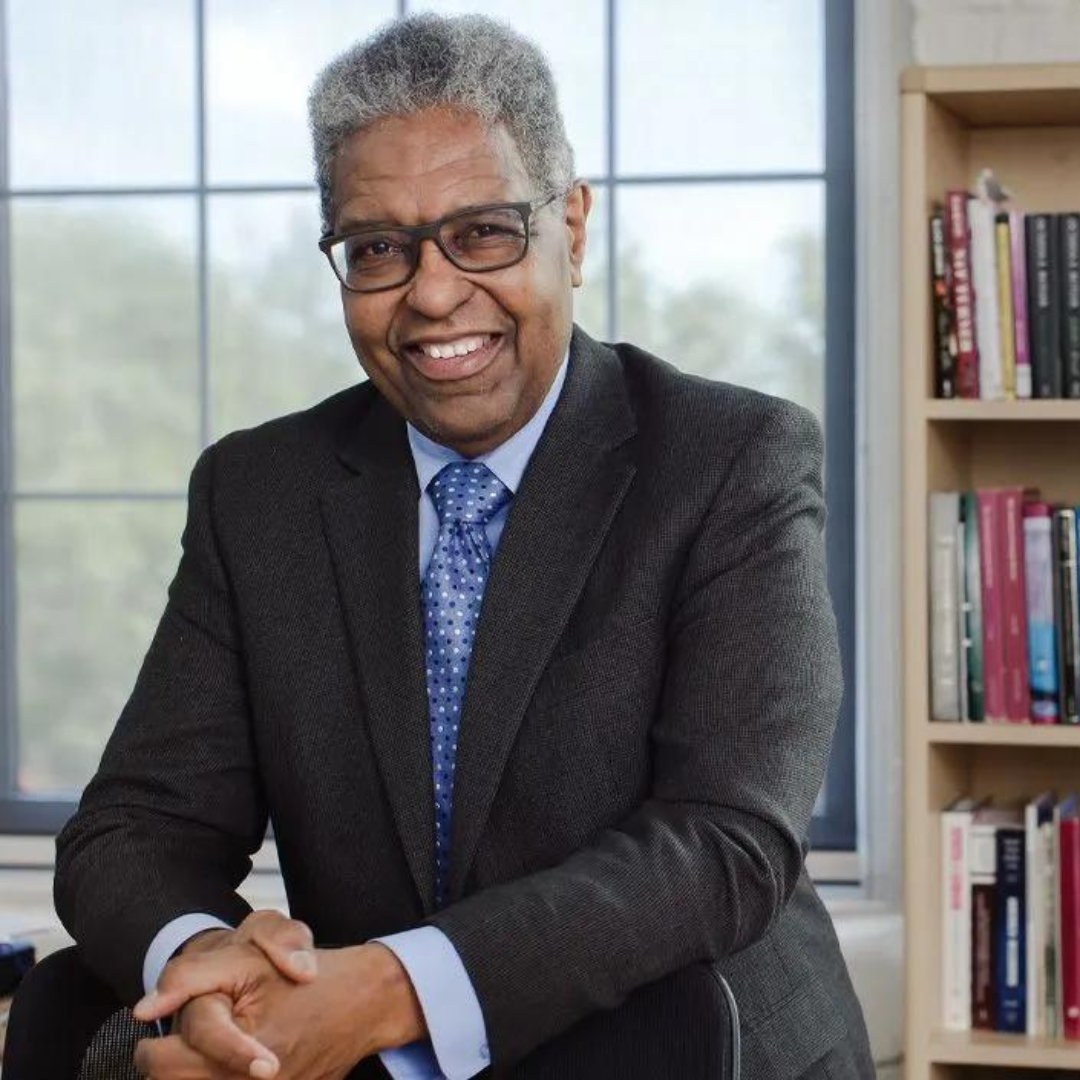The current U.S. reparations movement appears to be getting some legs. Recently, New York City Mayor Eric Adams expressed support for legislation that would offer Black New Yorkers repayment related to American slavery. In June, California Gov. Gavin Newsom received the final report and recommendations from the state’s Reparations Task Force, for his review. In August the City of Evanston, Illinois’s Reparations Committee announced that it had disbursed just over $1 million in reparations through the Local Reparations Restorative Housing Program. The community empowerment organization, Black Voters Matter, launched a new initiative in June awarding nearly $150K in grants to local grassroots groups under the Black Reparations Fund initiative. Not to mention the various universities such as Georgetown and other colleges around the nation now pushing for reparations to address their histories with financial repayments.
…
Dr. William Darity, an American economist and social sciences researcher at Duke University’s Sanford School of Public Policy, has written extensively about American reparations and the Black community. Darity and his co-author, Kirsten Mullen, a folklorist, museum consultant, and lecturer whose work focuses on race, history, and politics, have outlined in various publications the four pillars they believe should be used as a plan for Black Americans to receive reparations. “The four pillars involve determining who’s eligible, determining the amount; determining who should pay, and determining what form the payment should take,” Darity tells Reckon.

